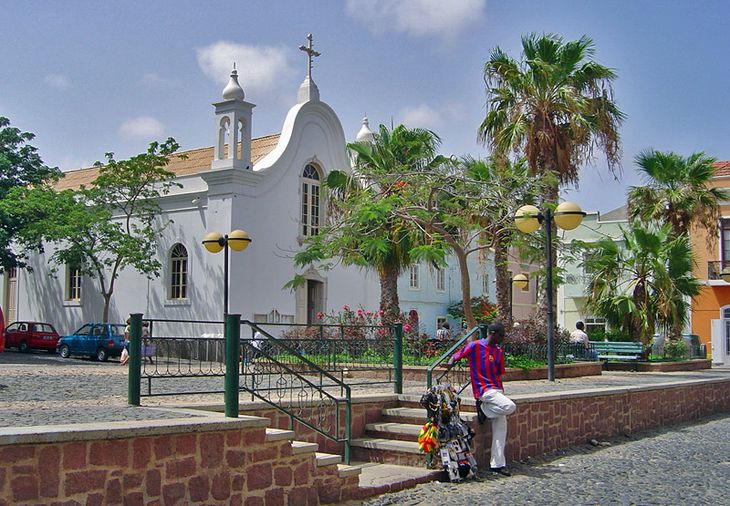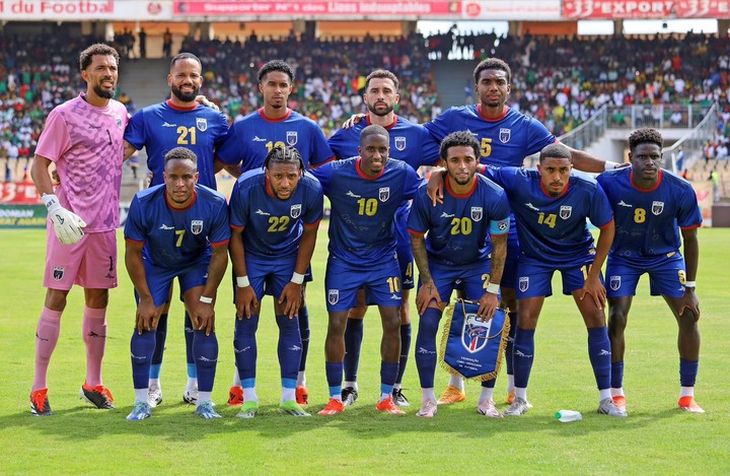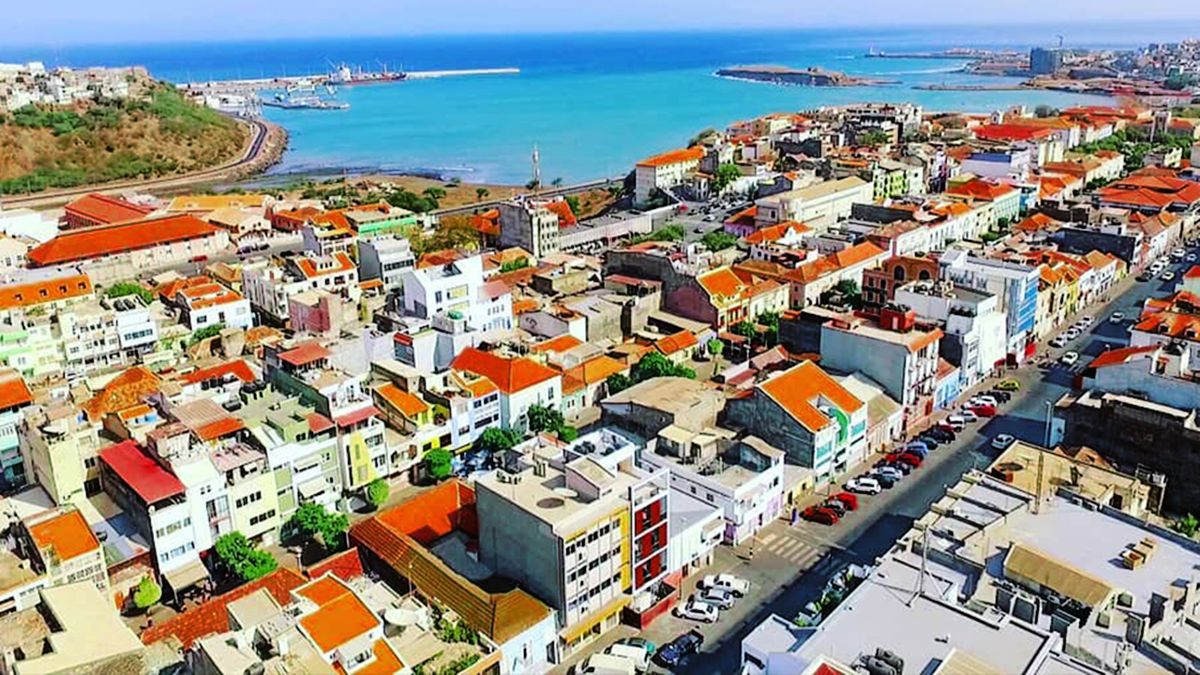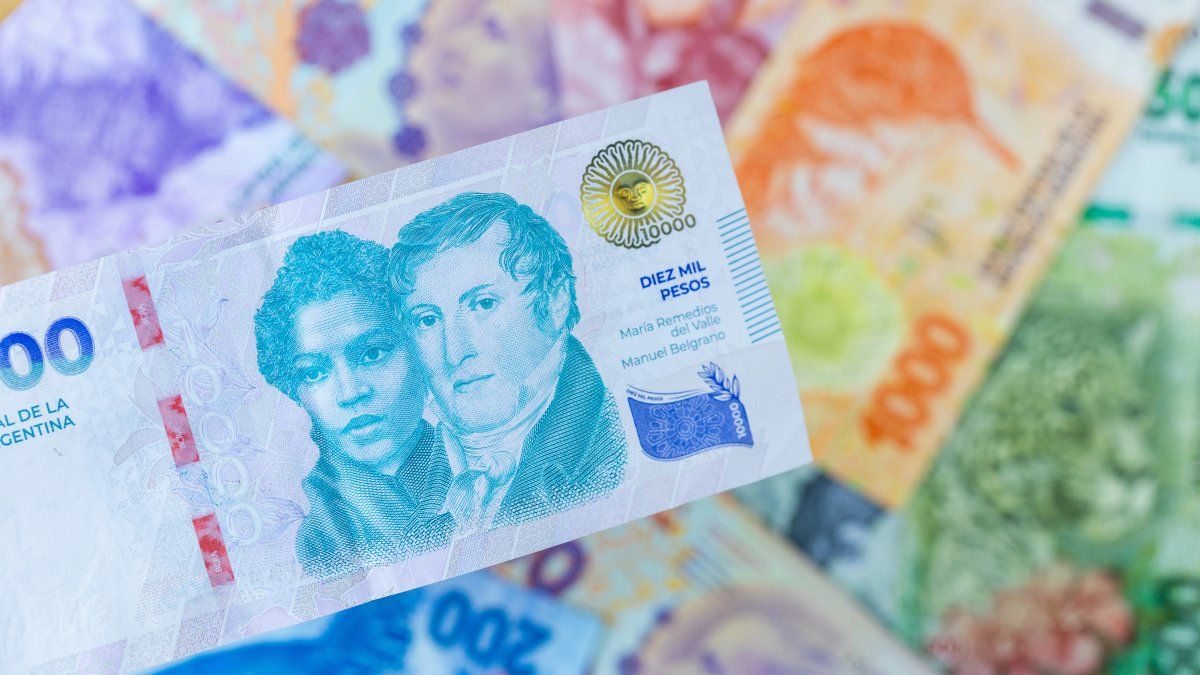A small African country has just made history: Cape Verdean archipelago off the western coast of Africa, qualified for the first time in a soccer World Cup. With their 3-0 victory against Eswatini and the draw against Cameroon, they sealed their ticket to the 2026 World Cup, which will be held in the United States, Canada and Mexico.
In Praiathe capital, thousands of people took to the streets wrapped in blue, red and yellow flags. The videos that circulated on networks showed tears, dancing and endless honking. “This is for all of Cape Verde,” wrote the Captain Ryan Mendeswhile the fans celebrated as if the entire country had scored a goal.
Beyond the euphoria, the classification has enormous symbolic weight. Cape Verde, with just over 500,000 inhabitants, became the second smallest country in the world to play in a World Cuponly behind Iceland in 2018. A sporting achievement that also reflects the hope of a young nation, with African roots and an emigrant soul.
Cape Verde qualified for the 2026 World Cup
The team led by Bubista, a former national defender turned symbol, surprised the continent with its campaign in the African qualifiers. He won five of his eight games, supported by a generation of footballers who shine in European leagues, many of them children of Cape Verdean migrants.
The 2026 World Cup will mark a before and after for FIFA, with the participation of 48 teams. This opened the door to new debutants like Cape Verde, which showed that talent can emerge even in small territories. “We earned our place on the court,” Bubista said after the historic pass, with a smile that summed up years of effort.
Although some specialists attribute its classification to the new expanded format, no one on the islands sees it that way. The general feeling is one of pure pride and genuine work. A country that was once just a dot on the map will now have its flag among the greats of world football.
Beach_at_Tarrafal_de_Monte_Trigo
Wikipedia
9 curiosities of Cape Verde
1. A volcanic archipelago in the middle of the Atlantic
Cape Verde is made up of ten islands and five islets, located about 600 kilometers off the coast of Senegal. Nine are inhabited, and each has its own identity. Some, like Fogo, still show volcanic activity, while others, like Sal or Boa Vista, became tourist destinations for their white sand beaches.
2. From Portuguese colony to independent nation
The country was part of the Portuguese empire until 1975, when it achieved its independence after a long political struggle led by Amílcar Cabral. Portuguese remains the official language, but the Cape Verdean Creole —a mix of Portuguese, African words, and local expressions—dominates the streets, music, and everyday conversations.
Cape-Verde-Africa

Wikipedia
3. More Cape Verdeans outside than inside
It is estimated that The Cape Verdean diaspora exceeds one million peoplewhile just over half a million live in the country. The largest communities are in the United States (especially Massachusetts and Rhode Island), Portugal, France, and the Netherlands. The remittances they send are a fundamental pillar of the economy.
4. La morna, the soul of the country
This musical genre, similar to Portuguese fado but with African roots, was declared Intangible Cultural Heritage of Humanity by UNESCO. The most recognized voice of the style is Cesaria Evora“the barefoot diva”, who brought the morna to stages around the world with songs like Sodade or Besame Mucho.
cesaria evora

Wikipedia
5. Paradise beaches and expanding tourism
Tourism represents about 25% of the national GDP. The islands of Salt and Boa Vista They are the most visited by Europeans looking for warm weather all year round, water sports and beachfront resorts. The country tries to balance this development with the preservation of its biodiversity, especially sea turtles and migratory birds.
Selection-Cape-Verde

African Football Confederation
6. A young team, but with history
Cape Verde began forming its national team in the 1970s, shortly after independence. In 2013, he debuted in the African Cup of Nationswhere he surprised by reaching the quarterfinals. Since then, he has maintained a constant process that today bears fruit with qualification to the World Cup.
7. Footballers with roots in Europe
Many of the players who make up the team were born in France, Portugal or the Netherlands, children of emigrants. Ryan Mendes, Vozinha and Garry Rodrigues are some of his figures. This cultural mix gives the team a particular style, with European technique and African drive.
Cape-Verde-Africa

8. A flag full of symbolism
Adopted in 1992, its flag left behind the Pan-African colors to represent its own identity. The ten stars symbolize the islands, the red stripe represents the efforts of the people, and the intense blue, the sea that surrounds the country. It is one of the most recognizable emblems of the continent.
9. A model of democratic stability
Cape Verde is considered one of the most democratic countries in Africawith free elections, low levels of corruption and an economy that grows constantly. It does not have a standing army and prioritizes investment in education and health. That stability made it a benchmark for governance in the region.
Source: Ambito
I am Pierce Boyd, a driven and ambitious professional working in the news industry. I have been writing for 24 Hours Worlds for over five years, specializing in sports section coverage. During my tenure at the publication, I have built an impressive portfolio of articles that has earned me a reputation as an experienced journalist and content creator.




